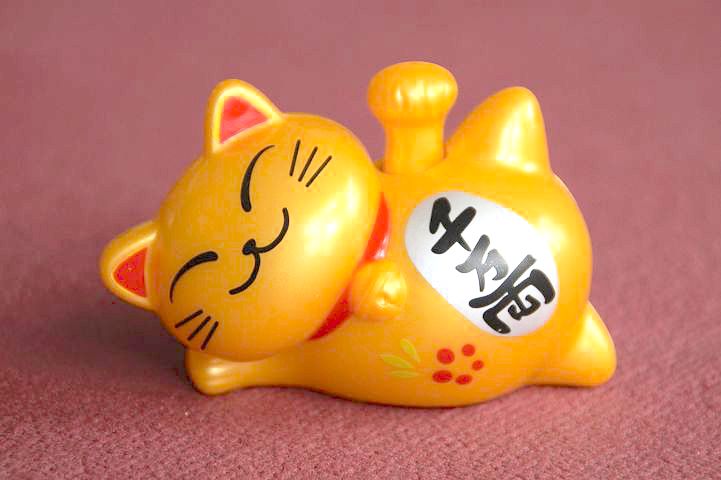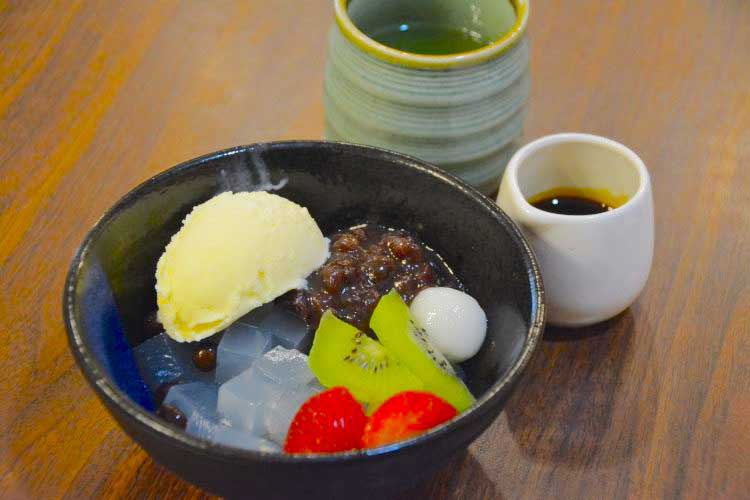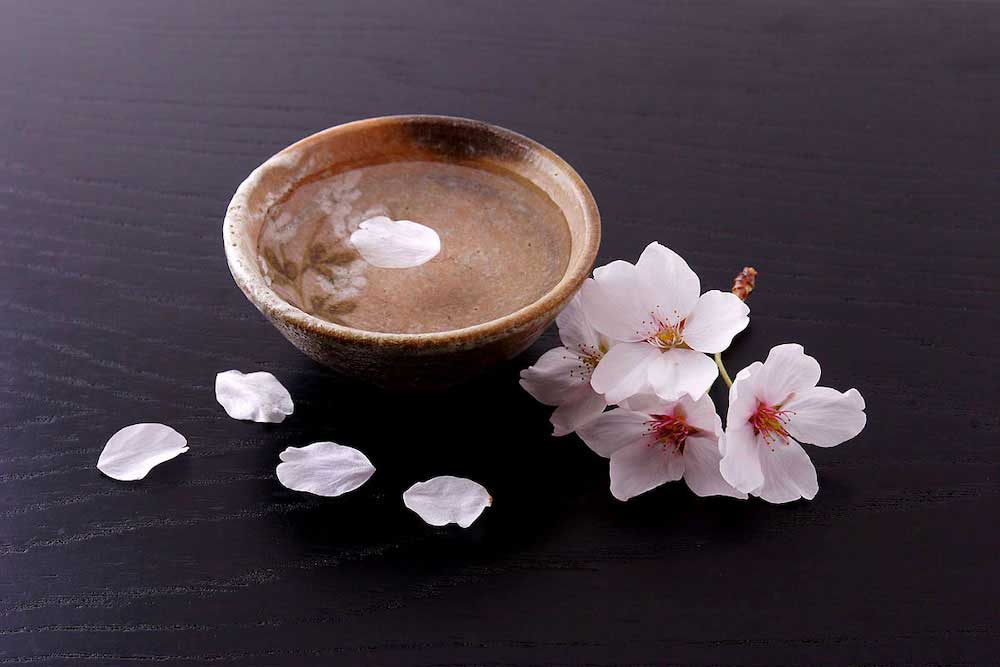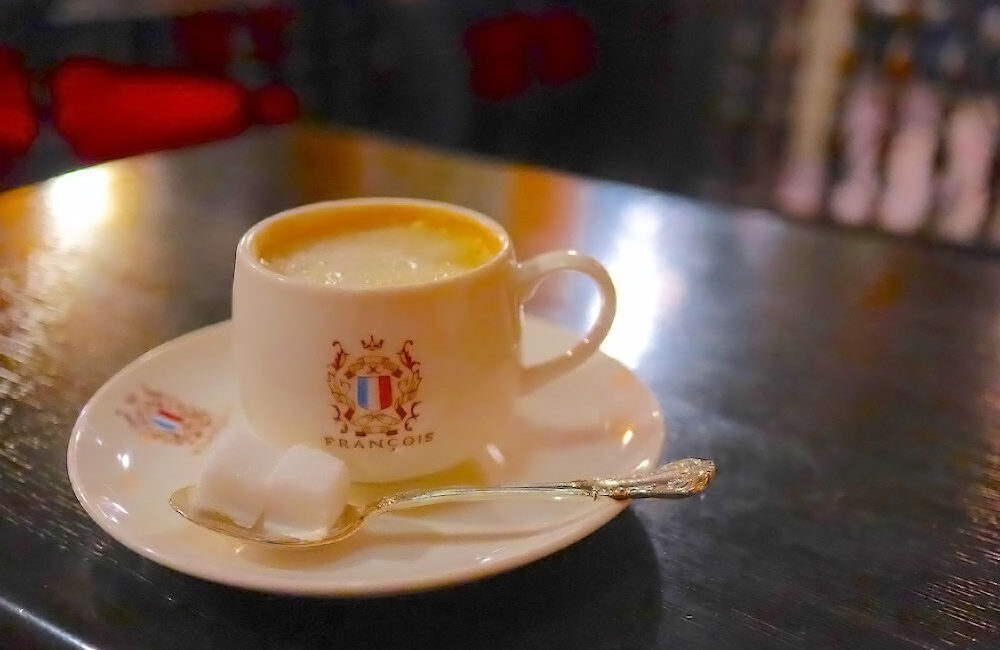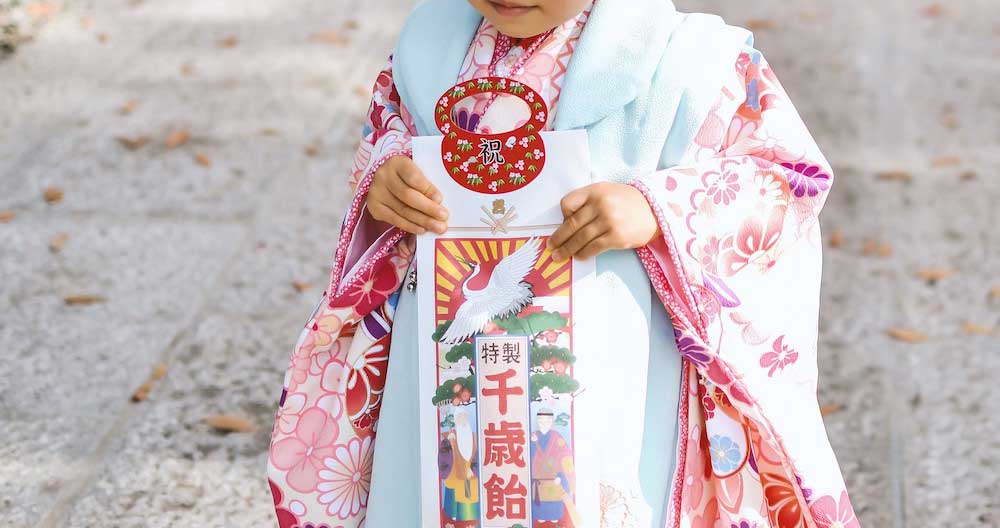
七五三とは、日本の伝統的な式典で、男の子は3歳と5歳、女の子は3歳と7歳を迎えますと、その年の11月15日に神社にお参りをし、千歳飴を食べたりするという年中行事です。
江戸時代の通過儀礼がもとになっており、子供たちにとって大切な節目の年齢でもあります。
今回は、日本独特の文化である七五三について、由来なども含めて簡単に英語で説明する表現をご紹介していきます。
ご興味のある方は、当サイトで 英語クイズ(5000問) を出題しておりますので是非ご覧ください。
目次
七五三の由来
日本では「初宮参り」という、赤ちゃんの生後1ヶ月目に神社に参詣し、無事に生誕1ヶ月を迎えたことを産土神様に報告すると同時に感謝をするという風習があります。
そして男の子は3歳と5歳、女の子は3歳と7歳になった節目にお祝いをしますが、日本には古くから以下の3つの行事があり、これが江戸時代の武家の間で定着したのが七五三の始まりだとされています。
- 3歳:剃っていた髪をたくわえる「髪置き(かみおき)」
- 5歳:初めて袴を着る「袴着(はかまぎ)」
- 7歳:子供の紐を解いて大人の帯を締める「帯解き(おびとき)」または「帯直し(おびなおし)」
七五三が11月15日に行われる理由は、江戸幕府三代目将軍の徳川家光の四男の徳松(のちの五代目将軍、綱吉)の体が弱く、この日に5歳(3歳という説もあります)の健康祈願が行われたことによるといわれています。
昔は、現代とは比べものにならないほど乳幼児の死亡率が高かったため、3歳から7歳まで無事に育ったことをお祝いし、さらなる健やかな成長を願うというといった意味が込められています。
また、日本では古くから奇数が縁起の良い数字とされていますので、これがもとになっているともいわれています。
Back in the day, with limited medical knowledge, infant mortality was a serious issue.
(医学があまり発達していなかった時代、乳幼児の死亡率は深刻な問題でした。→「医学知識が限られていた」という表現)
The Japanese infant mortality rate was so high that children under the age of 3 were not even included in the family register.
(日本の乳幼児死亡率は非常に高く、3歳以下の子供は戸籍にすら入れませんでした。)
This is why Japanese culture places an emphasis on celebrating children’s growth through adolescence.
(そのため、日本の文化は思春期を通じて子供の成長を祝うことを大切にしています。)
Shichi-go-san is based on the three rituals of Kamioki, Hakama-gi and Obitoki, held on November 15 during the early Edo Period.
(七五三は、江戸時代初期の11月15日に行われていた、髪置き、袴着、帯解きという3つの儀式がもとになっています。)
In olden times, it was customary in Japan to shave the heads of boys and girls until they were 3 years of age.
(日本では古くから、男の子と女の子が3歳になるまで頭を剃る習慣がありました。)
It was believed that during their first three years of life, children caught illnesses from their hair.
(生後最初の3年間は、髪の毛から病気にかかると信じられていました。)
After that time, kids were finally able to grow their hair. This is the origin of kamioki, or “hair leaving.”
(3歳になると、子供たちは髪を伸ばすことができました。これが「髪置き」の起源です。)
Boys at the age of 5 wore the Hakama (formal dress) for the first time, this rite of passage was called “Hakama-gi.”
(5歳になった男の子が初めて袴を着るという通過儀礼があり、これは「袴着」と呼ばれました。)
Hakama-gi indicates an infant becoming an adult.
(袴着は、子供から大人になったしるしです。)
Girls at the age of 7 began using the traditional obi to tie their kimono instead of cords.
(女の子が7歳になると、着物を紐ではなく帯で結ぶようになりました。)
This celebration is called obitoki, meaning “to figure out the obi,” and indicates girls’ transitioning into womanhood.
(このお祝いを「帯解き」といい、少女から大人になったことを示すものです。)
The date November 15th was chosen because, according to one theory, Tokumatsu (later Tokugawa Tsunayoshi, the 5th shōgun) was born weak and was told by a fortune-teller that he would become strong if his 5th birthday was celebrated on that day, Kishuku-nichi.
(11月15日になったのは、一説によると、徳松(幼名:のちの五代目将軍の徳川綱吉)が生まれながらに病弱で、占いで鬼宿日のその日に5歳の誕生日をお祝いすれば丈夫になると言われたのが始まりだとされています。)
Kishuku-nichi, meaning “a day of the ghosts,” was said to be an auspicious day for everything but weddings.
(鬼宿日とは、鬼が家にいる日という意味で、結婚式以外の全てにおいて縁起が良いとされていました。)
・年中行事:annual event
・儀式、式典:ceremony
・通過儀礼:a rite of passage
・縁起の良い:auspicious
・長寿:longevity
・成長:growth
・お祝いする:celebrate
・祈る、願う:pray for
・正装:formal kimono/dress または attire(やや固い表現)
七五三の簡単な説明
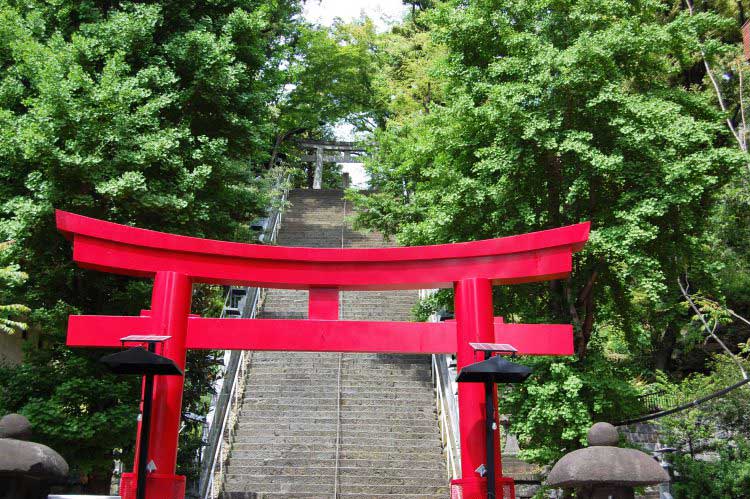
基本的な英語表現としては、「3歳と5歳の男の子と3歳と7歳の女の子の健やかな成長をお祝いする行事」であり、「神社にお参りをする」のが慣わしであることを伝えるのが良いでしょう。
a gala day for children of three, five and seven years of age
(3歳、5歳、7歳の子供のためのお祝いの日)
November 15th is the day of Shichi-go-san in Japan.
(日本では、11月15日は七五三です。)
Shichi-go-san is celebrated on November 15th.
(七五三は11月15日にお祝いされます。)
The words shichi, go, and san literally mean seven, five, and three respectively.
(しち、ご、さんはそれぞれ7、5、3を意味します。)
a traditional Japanese event to celebrate children’s growth and to pray for their continued health and well-being
(子供の成長をお祝いし、これからの健康と無事を願う日本の伝統的な行事)
a traditional rite of passage and festival for 3-year-old boys and girls, 5-year-old boys and 7-year-old girls held every November 15 to celebrate the growth of young children
(毎年11月15日に行われる、3歳の男の子と女の子、5歳の男の子、7歳の女の子の成長をお祝いする伝統的な通過儀礼)
Shichi-go-san is a traditional Japanese ceremony for 3-year-old boys and girls, 5-year-old boys and 7-year-old girls.
(3歳の男の子と女の子、5歳の男の子、7歳の女の子のための日本の伝統的な儀式です。)
Shichi-go-san is an annual event to celebrate the growth of three-year-old boys and girls, five-year-old boys, and seven-year-old girls.
(七五三とは、3歳の男の子と女の子、5歳の男の子、7歳の女の子の成長を祝う年中行事です。)
“Shichi-go-san,” or “7-5-3-Day,” is a Japanese annual event to celebrate healthy growth and wish longevity for three- and seven-year-old daughters and three- and five-year-old sons.
(七五三とは、3歳と7歳の女の子、3歳と5歳の男の子の健やかな成長とお祝し長生きを願う日本の年中行事です。)
“Shichi-go-san” (seven-five-three celebration) is a traditional Japanese ceremony celebrating the growth of children and wishing for their continued good health.
(七五三は、子供の成長を祝い、これからの健康を願う日本の伝統的な式典です。)
“Shichi-go-san” is a rite-of-passage ceremony that takes place on November 15th, celebrated by boys on the year they turn 3 or 5, and by girls on the years they turn 3 or 7.
(七五三は、男の子が3歳と5歳、女の子が3歳と7歳を迎える年の11月15日に行われる通過儀礼です。)
At first, Shichi-go-san was only practiced in noble-class families or rich tradesmen, but it became common because of advertisements for kimono shops during the Edo period.
(もともと、七五三は貴族や裕福な商人だけの慣習でしたが、江戸時代に着物屋の宣伝により一般的になりました。)
Children and families pay a visit to the ujigami (the local Shinto deity) to pray for their health and celebrate their growth.
(子供たちは家族と氏神様に参拝をし、成長をお祝いします。)
Families all dress in formal kimono for the Shichi-go-san ceremony and pay a visit to the local shrine.
(家族みんなで正装をして地元の神社でお参りをします。)
Parents take their sons and daughters in traditional kimonos to Shinto shrines to pray for their healthy growth.
(子供たちは晴れ着を着て神社でお参りをし、健やかな成長をお祈りします。)
On Shichi-go-san ceremony, children dress up in their attire and visit a Shinto shrine to give thanks to the gods for their good health and to pray for its continuance in the future.
(七五三の日は、子供たちは晴れ着に身を包み、神社にお参りをして健康であることに感謝し、これからもそれが続くことをお祈りします。)
Shichi-go-san is traditionally observed on November 15, but recently, celebrating in accordance with the family’s schedule on a weekend or holiday in November has become common.
(七五三は本来11月15日ですが、最近では家族の都合に合わせて11月中の週末や休日にお祝いすることが主流になってきています。)
After the shrine visit, parents buy chitose-ame, a thousand-year candy.
(神社の参拝のあと、千歳飴を買います。)
It is customary that parents take their children to Shinto shrines to pray for their healthy growth and buy chitose-ame (thousand-year candy).
(両親は子供たちを連れて神社にお参りをし、千歳飴を買うのが慣わしです。)
Children eat red and white candy called chitose-ame, which comes in a long bag with illustrations of a crane and tortoise, or shō-chiku-bai (pine trees, bamboo and Japanese apricot), symbols of longevity.
(子供たちは、長寿の象徴である鶴と亀や松竹梅などが描かれた長い袋に入った、紅白の千歳飴を食べます。)
千歳飴 / Chitose-ame
千歳飴とは、紅白の色をした細長い飴で、縁起が良く長寿の象徴とされる鶴と亀、松竹梅などが描かれた長い袋に入っていることが多いです。
long red and white sticks of candy
(赤と白の長いスティック状の飴)
long stick of red and white candy sold at Shichi-go-san ceremony
(七五三で売られている、長い棒状の紅白の飴)
“Chitose-ame” or “Thousand-year candy,” is slim and long and colored red and white.
(千歳飴は細長く、紅白の色をしています。)
Red and white are an auspicious color combination for the Japanese.
(日本人にとって、赤と白は縁起が良い色の組み合わせです。)
Chitose means “a thousand years,” so eating the candy expresses a wish for the long and healthy life of the child.
(千歳とは「千年」を意味し、子供の長く健康な人生への願いが込められています。)
The long shape is indicative of longevity, and the red and white are said to be an auspicious color combination.
(長い形は長寿を表し、赤と白の組み合わせは縁起が良いといわれています。)
Chitose-ame has the image of a crane and a tortoise on the package. In Japan, both animals are symbols of long life.
(千歳飴の袋には、鶴と亀が描かれています。日本では、どちらも長寿を象徴する動物です。)
The bags of chitose-ame are often decorated with images of good luck, such as cranes, tortoises, pine trees, bamboo, and Japanese apricots.
(千歳飴の袋はよく、幸運の象徴である鶴、亀、松、竹、梅が描かれています。)
The illustrations depicted on the bag include a crane, tortoise, pine tree, bamboo, and Japanese apricot, all of which symbolize good health and longevity.
(袋に描かれている鶴、亀、松、竹、梅などは、全て健康と長寿の象徴です。)
最後に
いかがでしたでしょうか。
お祝いの仕方は違えど、国が変わっても時代が変わっても、親が子供の成長に感謝し、幸せや健康を願うことは世界共通のことですよね。
七五三の時期は、神社で可愛い子供たちが着物を着ている姿を見ることができるということで、海外でもたびたび話題になっているようです。
七五三の由来や歴史を英語で紹介する上で、ご参考になれば幸いです。

